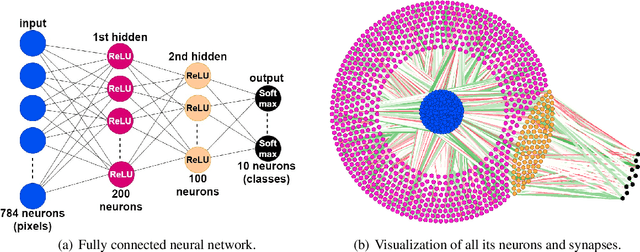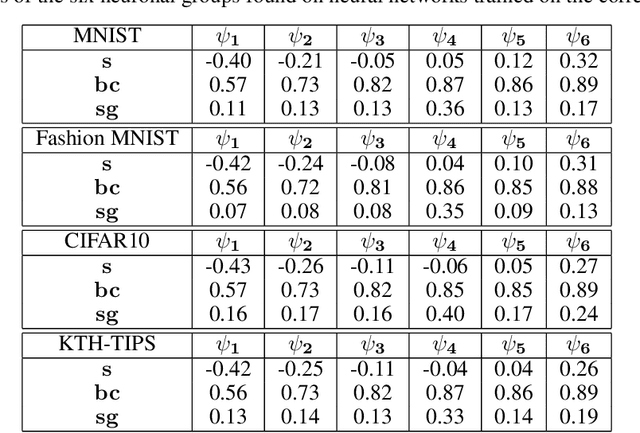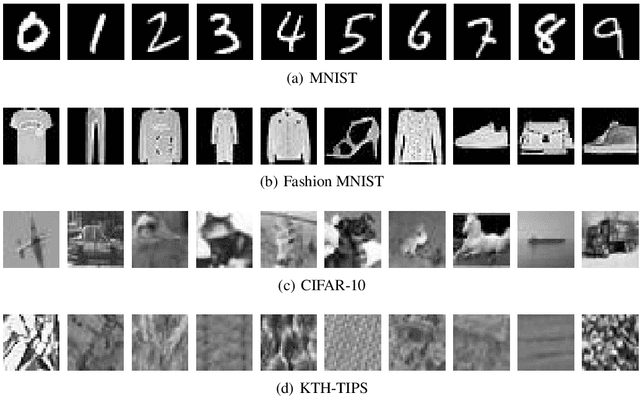Structure and Performance of Fully Connected Neural Networks: Emerging Complex Network Properties
Paper and Code
Jul 29, 2021



Understanding the behavior of Artificial Neural Networks is one of the main topics in the field recently, as black-box approaches have become usual since the widespread of deep learning. Such high-dimensional models may manifest instabilities and weird properties that resemble complex systems. Therefore, we propose Complex Network (CN) techniques to analyze the structure and performance of fully connected neural networks. For that, we build a dataset with 4 thousand models and their respective CN properties. They are employed in a supervised classification setup considering four vision benchmarks. Each neural network is approached as a weighted and undirected graph of neurons and synapses, and centrality measures are computed after training. Results show that these measures are highly related to the network classification performance. We also propose the concept of Bag-Of-Neurons (BoN), a CN-based approach for finding topological signatures linking similar neurons. Results suggest that six neuronal types emerge in such networks, independently of the target domain, and are distributed differently according to classification accuracy. We also tackle specific CN properties related to performance, such as higher subgraph centrality on lower-performing models. Our findings suggest that CN properties play a critical role in the performance of fully connected neural networks, with topological patterns emerging independently on a wide range of models.
 Add to Chrome
Add to Chrome Add to Firefox
Add to Firefox Add to Edge
Add to Edge